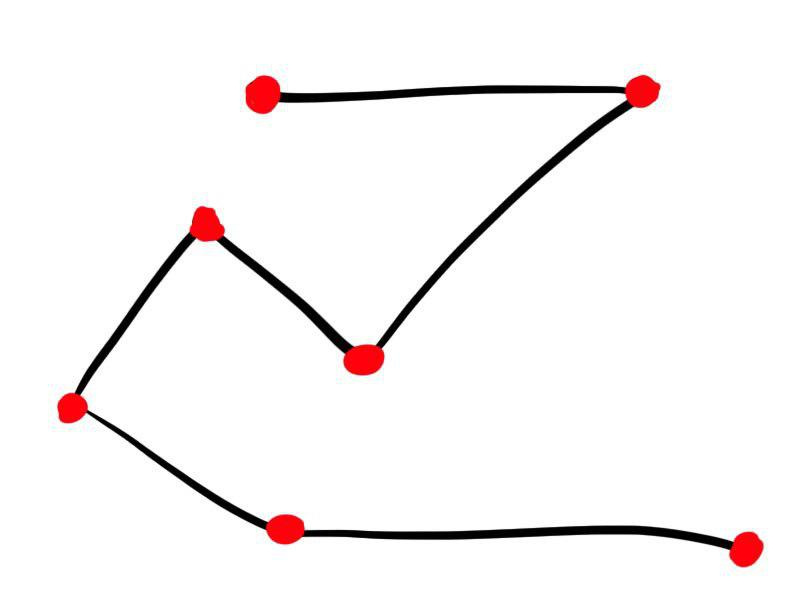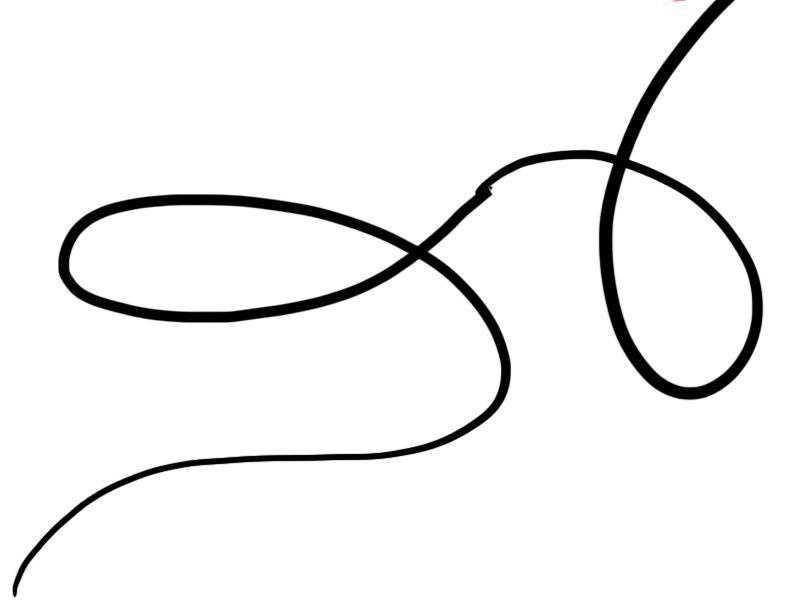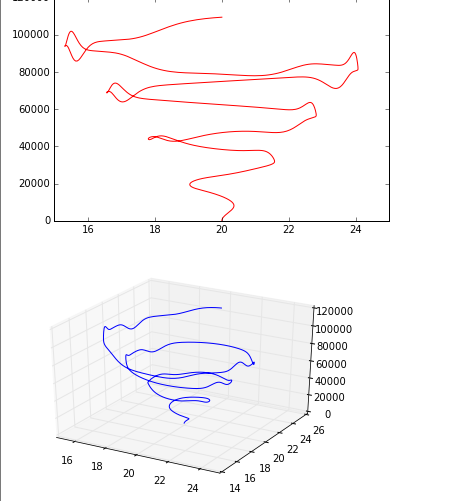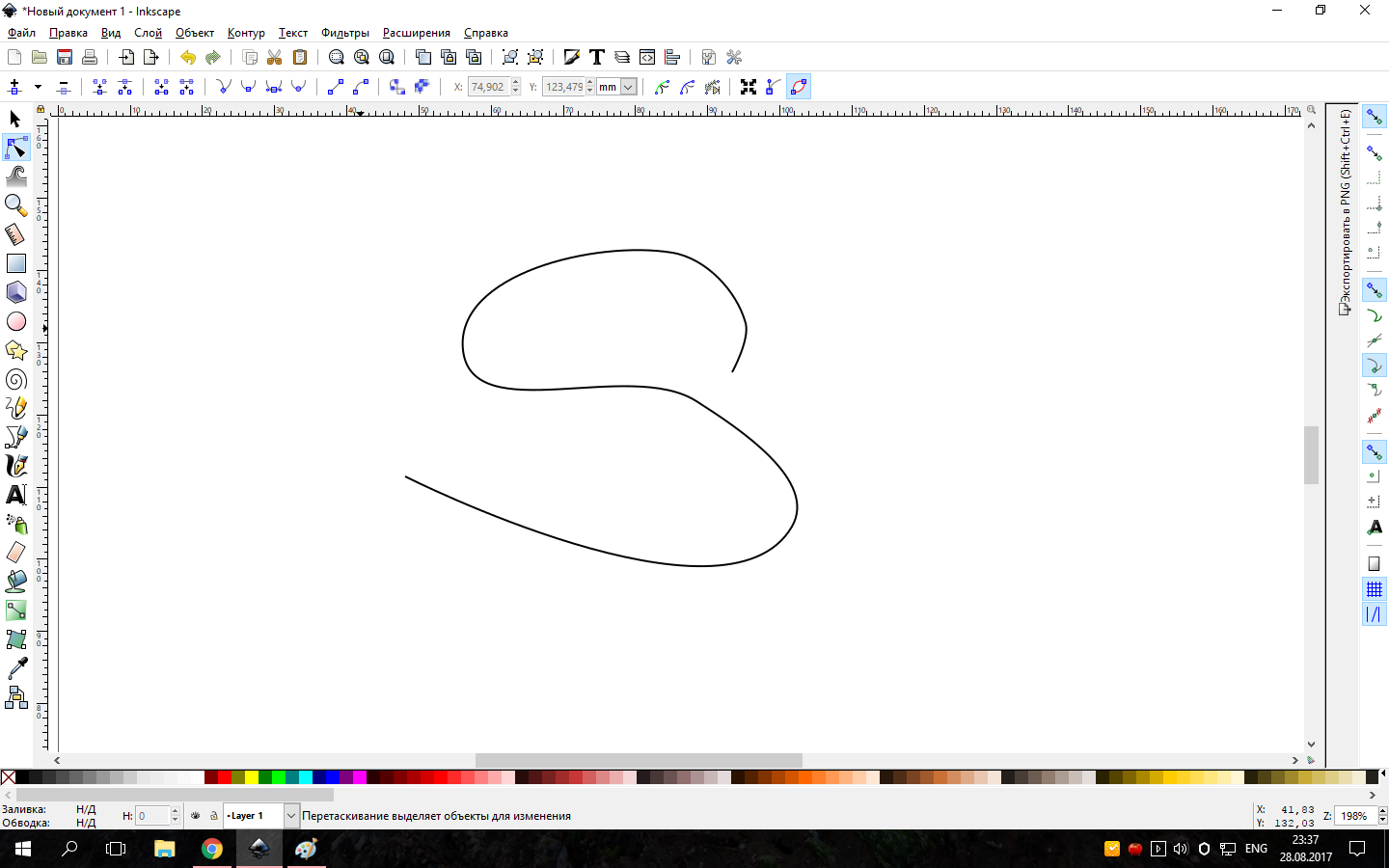Answer the question
In order to leave comments, you need to log in
What algorithm is suitable for describing the flight of an insect?
The essence of the problem. I am writing an IOS Sprite Kit game. It is necessary to realize the chaotic flight of the insect. Now it turned out like this: 
This is not like the flight of an insect . It is
necessary that the flight path be something like this:
I understand that it is necessary to build curves through arbitrary points, but I just can’t figure out how to correctly define random points so that I can build a normal curve. Plus, what about turns? You also need to control that the insect does not leave the screen borders. Several fly at the same time. And the saddest thing is that the insect is not an abstract point, but it has clear outlines, i.e. the head should point in the direction of travel. The sprite will constantly need to be rotated. Tell me which way to dig? Maybe in swift there are some other solutions to similar problems? Maybe there is another way to solve it? While looking at the Bezier curve, and somehow I can’t adapt it to this task. In general, I will be glad to any advice.
Answer the question
In order to leave comments, you need to log in
You can make a pursuit chain : one is drawn to a random point, another is drawn to it, etc., and the last one is a fly.
Put another point on the plane randomly, anywhere within the allowable area. This point is the target that the next, invisible point tends to: each next frame, its coordinates change to k * векторИзТекущегоПоложения-в-Цель:
x = x + k * (xTarget - x);
y = y + k * (yTarget - y);There are at least a dozen flight types . Which one do you need?
those. head should point in the direction of travel


import numpy as np
import matplotlib.pyplot as plt
from mpl_toolkits.mplot3d import Axes3D
def func(x, y, a, b, t, k, O):
return a * np.power(np.sin(x), t) + b * np.power(np.cos(y), k) + O
t = 5
k = 5
theta = np.linspace(-4 * np.pi, 4 * np.pi, 1000)
time = np.linspace(0, 5, num=1000)
a = 10
b = 10
x = time * np.sin(theta) + a
y = time * np.cos(theta) + b
z = np.asarray([func(x[i], y[i], a, b * i, t, k, 100) for i in range(len(x))])
plt.plot(x, z, 'r')
plt.show()
fig = plt.figure()
ax = fig.gca(projection='3d')
ax.plot(x, y, z)I remembered that I forgot to unsubscribe on solving this problem.
I solved it in SWIFT as follows. We build the N-th number of points, we build a spline through these points. We move the object using SKAction.follow, it allows you to set the orientation in the direction of movement, after completion we build new points. Smoother movement can be achieved by generating points without sharp deviations from the current direction of movement, so that the object does not abruptly change direction in the opposite direction. Thank you all for your help
func Yellow()
{
var object = self.childNode(withName: "//yellow") as! SKSpriteNode
yellowMove(object: object)
}
func yellowMove(object obj: SKSpriteNode)
{
var chain = [CGPoint]()
chain.append(CGPoint(x:obj.position.x,y:obj.position.y))
// генерируем 6 случайных точек.
for var i in (1..<6) {
chain.append(CGPoint(x:getRndX(),y:getRndY()))
}
// Строим сплайн через эти точки
let ground = SKShapeNode(splinePoints: &chain,count: chain.count)
let anim=SKAction.follow(ground.path!, asOffset: false, orientToPath: true, duration: 10)
// по завершении перемещения, опять запускаем функцию
obj.run(anim,completion:{
self.yellowMove(object: obj)
})
}In addition to splines, there are many other types of shapes. The simplest option is to set the destination randomly and for smooth movement use the formula newpos=K*pos+(1-K)posz, where pos is the current position in vector form, posz is the given position. The more K, the smoother the curves will be, but without casting. You can complicate for beauty, but then you have to understand the diffusers.
And in my opinion it is much better to make a dozen predefined trajectory maps, with transition points from one trajectory to another.
Pure random is a rather evil thing, because it is uncontrollable.
The task is very similar to the node smoothing algorithm. I think the easiest thing you can do is write to the developers of Inkscape (an open vector editor), and ask them where to dig to implement such a feature (if you take their code, the game will have to be published under the GPL), for fun, download Inkscape, stumble directly with arbitrary number of nodes, and then flatten them. You will be surprised how straight sticks turn into graceful curves, and the curvature can be adjusted with "levers" (that is, there are variables in the code responsible for this). There is also a Spiro curve. It is more suitable for your task than Bezier. Here is a straight line without


Restrictions on the speed of the angle of rotation (the head of the sprite is always directed along the velocity vector).
Didn't find what you were looking for?
Ask your questionAsk a Question
731 491 924 answers to any question